At SaaStr Annual, Jason Lemkin, SaaStr CEO and Founder took questions from founders on everything from product-led growth to knowing when to sell your company. If you missed part one of the AMA (Ask-Me-Anything) catch up here.
In this Ask Me Anything Part 2, Lemkin answers the questions:
- As a bootstrapped company at $35M ARR with 60% gross margins but slower growth, should we raise venture funding?
- What’s your view on product-led growth (PLG) for early-stage startups?
- How do you know when you’ve reached product-market fit in SaaS?
- What do you recommend for scaling beyond a founder-led sales motion after attaining $1-2M ARR?
- When approached by a larger competitor with a “build or buy” narrative, what should a founder consider?
- What’s Jason’s take on bootstrapping versus VC funding?
Let’s find out the answers.
Question #1: As a bootstrapped company at $35M ARR with 60% gross margins but slower growth (
For companies in this position or similar, Jason suggests looking at private equity rather than venture capital: “You’re in a weird world where you’re basically unfundable by VCs. They really would like you to be growing 100% at $35M because then you’re on the path to IPO. Triple, triple-double double matters in good times or bad.”
To be a venture-backed company, you have to go from 0 to 200 million in 10 years. Do a spreadsheet. If you don’t triple-triple double-double from a million, you won’t reach 200 million in a decade. It just won’t happen and venture capital breaks. Not all bets in venture capital have to work, but they at least have to work in theory when the bets are made.
However, Jason noted that PE firms should be very interested: “For a private equity firm, anything north of $20M growing more than 20% with 100%+ NRR is an asset. They will take your $35M and smash it into someone with $100M, and all of a sudden that $100M company together is a much better company that has much more enterprise value, and they’ll try to take you public or sell you for $2B in a couple of years.”
Question #2: What’s your view on product-led growth (PLG) for early-stage startups?
“A lot of folks that have been around for a while don’t really believe there’s any such thing as product-led growth,” Jason explains. “What folks like Aaron Levie (CEO Box) and I think is that PLG is just a slightly better-instrumented version of freemium and self-serve products. I don’t think there’s a PLG motion to magically adopt at zero dollars in revenue though.”
There are two ways PLG can work for early-stage startups:
- Get millions of people using your product if it’s cheap
- Get thousands of people using your product if it’s expensive ($10K per month)
“Don’t be in the middle. Don’t be a small number of folks that will convert. That’s death,” Jason warns.
For PLG to work in practice, Jason emphasized these critical requirements:
- A market truly large enough to support millions of users
- A self-serve product that’s incredibly elegant and self-onboarding
- The ability to build something as good as or better than products like Zoom or Canva
So if you can’t build a product that is epic and self-onboarding and reproducing like a Zoom or Canva, you’ve got to go sales-led because you’ve got to fill that gap with humans.
Question #3: How do you know when you’ve reached product-market fit in SaaS?
Jason’s answer was simple: “When you have more customers than you know why.”
He explains: “If you know exactly how you got every customer, and it’s hard…you can have happy customers, great customers, but not product-market fit. But when you turn around and realize ‘Hey, I don’t know where I got these 10 customers’ – that’s when you have product-market fit. That’s when you put fuel on the fire.”
“Word of mouth is ultimately the only way you can build a great product in SaaS,” Jason emphasized. He referenced HubSpot’s experience: “They would always stack rank where they got their customers from, and number one was always word of mouth all the way up to a billion in revenue.”
Question #4: What do you recommend for scaling beyond a founder-led sales motion after attaining $1-2M ARR?
Two things come to mind for Jason:
- Do whatever you know how to do as a Founder
- Do anything that works at all
If you’ve never done outbound and you’re scared to send an email or pick up the phone and you’re freaked out that no one reads it or answers your messages, move over to marketing. But if you’re pretty good at sales yourself, getting good open rates on emails and personally closing deals, then hire a couple of SDRs and professionalize it.
The point is, go with your DNA. If you’re good at sales, lean in there. If you’re better at marketing, do founder-led growth. If you’re better at partner marketing or getting media placements – do that.
The other mistake founders make, especially in the early days is giving up too soon. For example, say you lean in on founder-led sales and start doing outbound, but only close a handful of deals from it in the first six months. Most founders give up on this type of volume, but in the early days if you find anything that works, including closing just four deals from outbound, keep doing it. Every category is so crowded that so much stuff won’t work at all. Not even a little bit. So if you find something that’s marginally working in the early days, keep at it.
Question #5: When approached by a larger competitor with a “build or buy” narrative, what should a founder consider?
Jason believes the “build or buy” pitch is often a bullying tactic, even when used by nice founders and CEOs. It’s an attempt to instill fear and incentivize someone to sell.
However, if you get an early exit offer:
- Talk to multiple founders who’ve been through it
- If the offer is bad, don’t do it unless you’re running out of money
- If the offer is mediocre but clears financially and you’re not sure about continuing on as a founder – consider taking it
- If you’re certain you want to keep going and building as a founder and the business is healthy, say no
“I’ve just seen too many stories now where the founders regretted that scenario where the good offer came in, the team wasn’t great, and they said no. And there was never another offer,” Jason says.
Question #6: What’s Jason’s take on bootstrapping versus VC funding?
“It’s a false choice,” Jason shares. “Very few folks actually choose between VC and bootstrapping. The truth is venture capital is a niche product. It requires triple-triple-double growth. Most folks are not experiencing that or don’t appear to have the potential for it in the early days.”
Most companies are not experiencing T3-D2 growth or don’t appear to have the potential for it in the early days, so they become unable to raise. Don’t view it as a choice or a positive/negative – see it as an option for a select few on a specific growth path. Then analytically decide if it makes sense for your business.
He referenced MailChimp founder Ben Chestnut’s experience: “He could never raise venture capital until they were so profitable they didn’t need it.” More on this topic here from the Ben Chestnut session.
Key Takeaway
The key takeaway? Focus on building something customers love enough to tell others about, rather than chasing the latest trends or funding strategies.
Want to be in the audience to ask your question for the closing AMA? Check out SaaStr Annual 2025, May in the SF Bay Area.
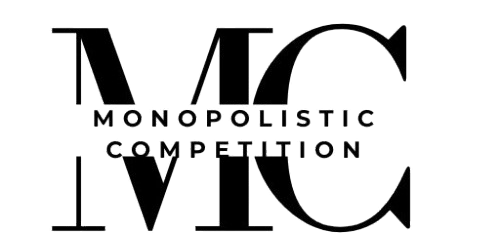
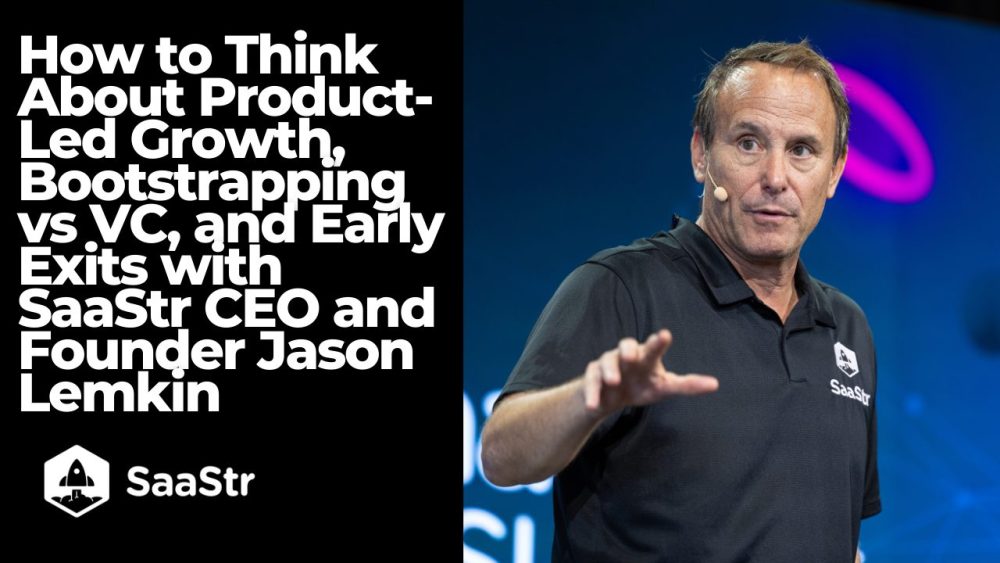
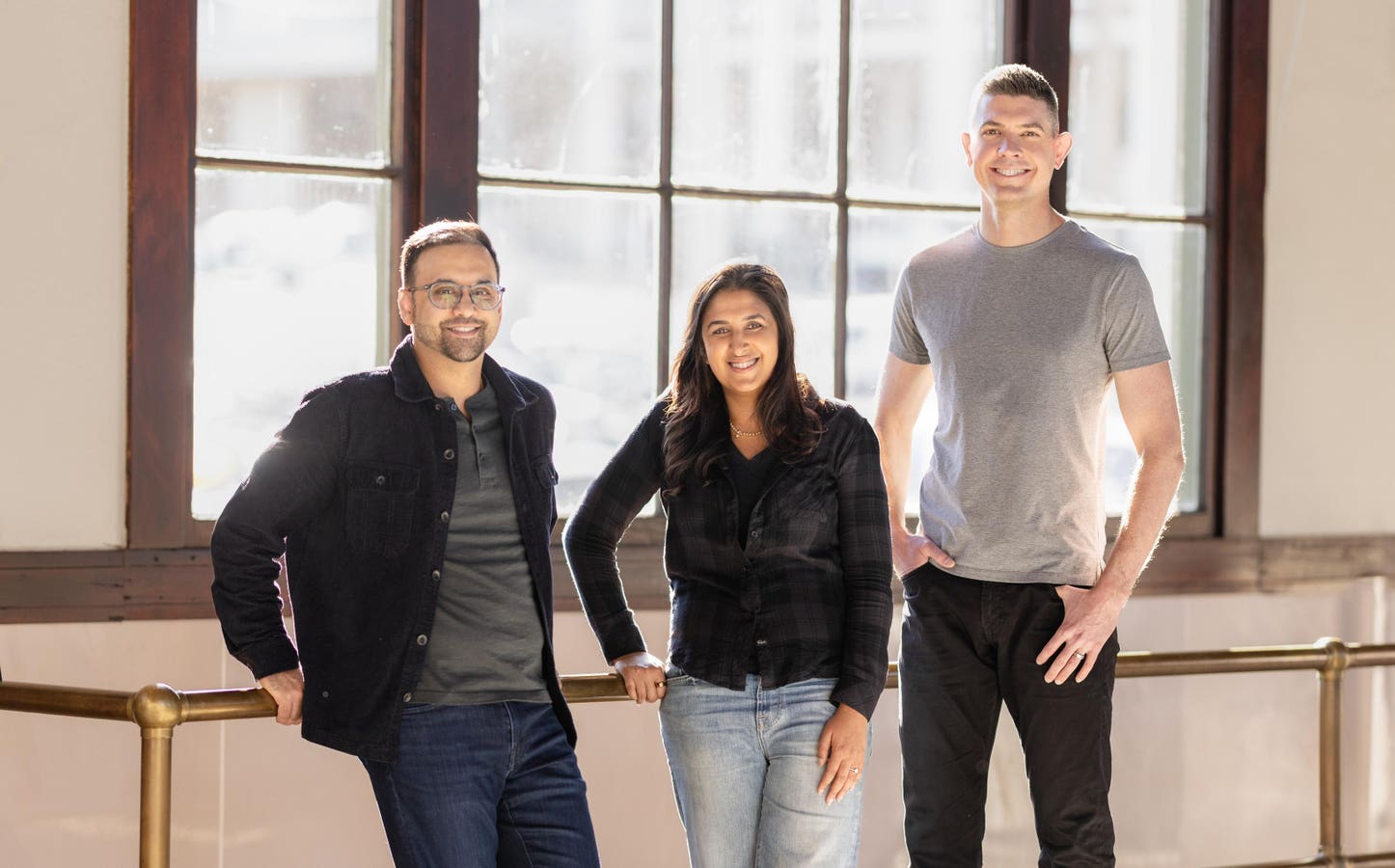

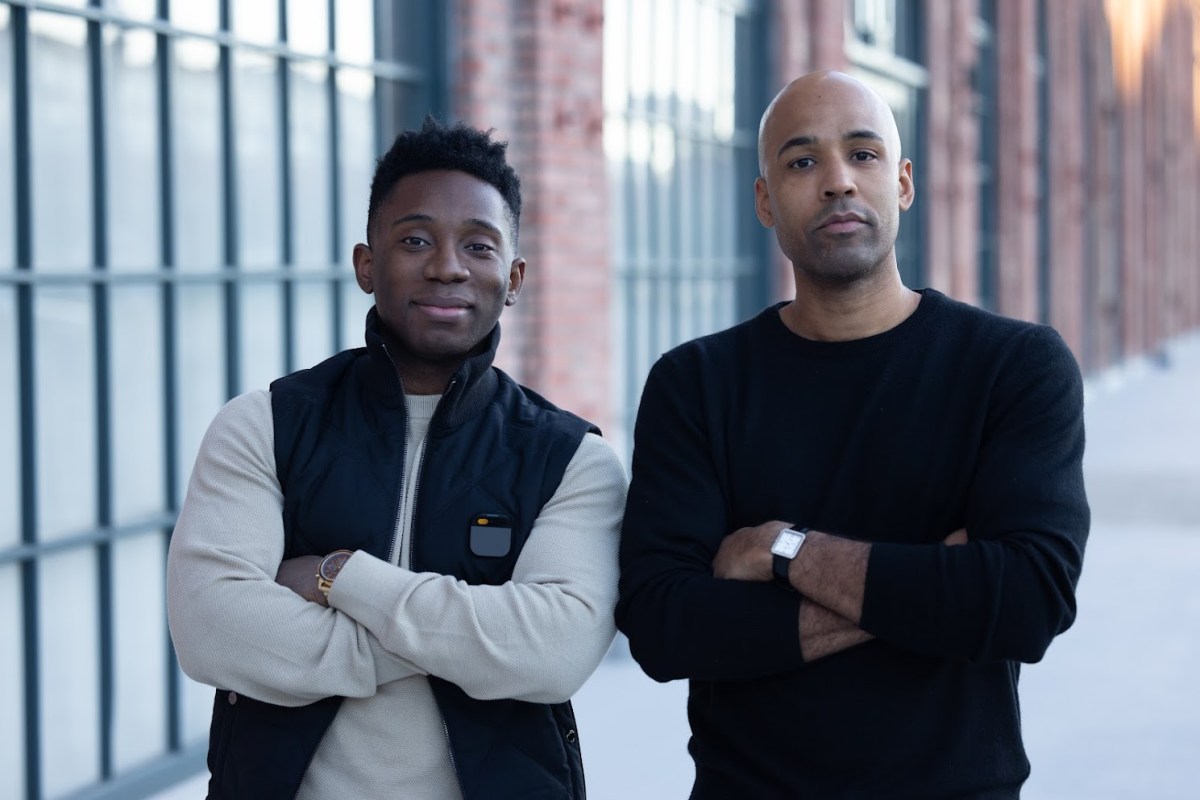

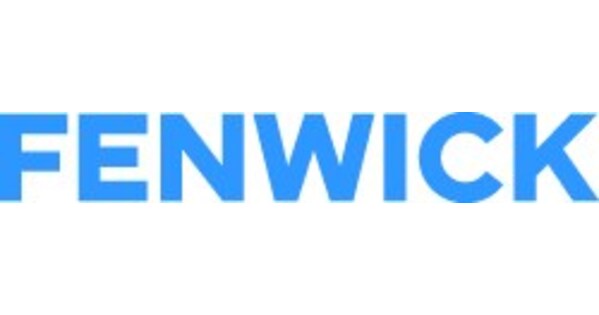
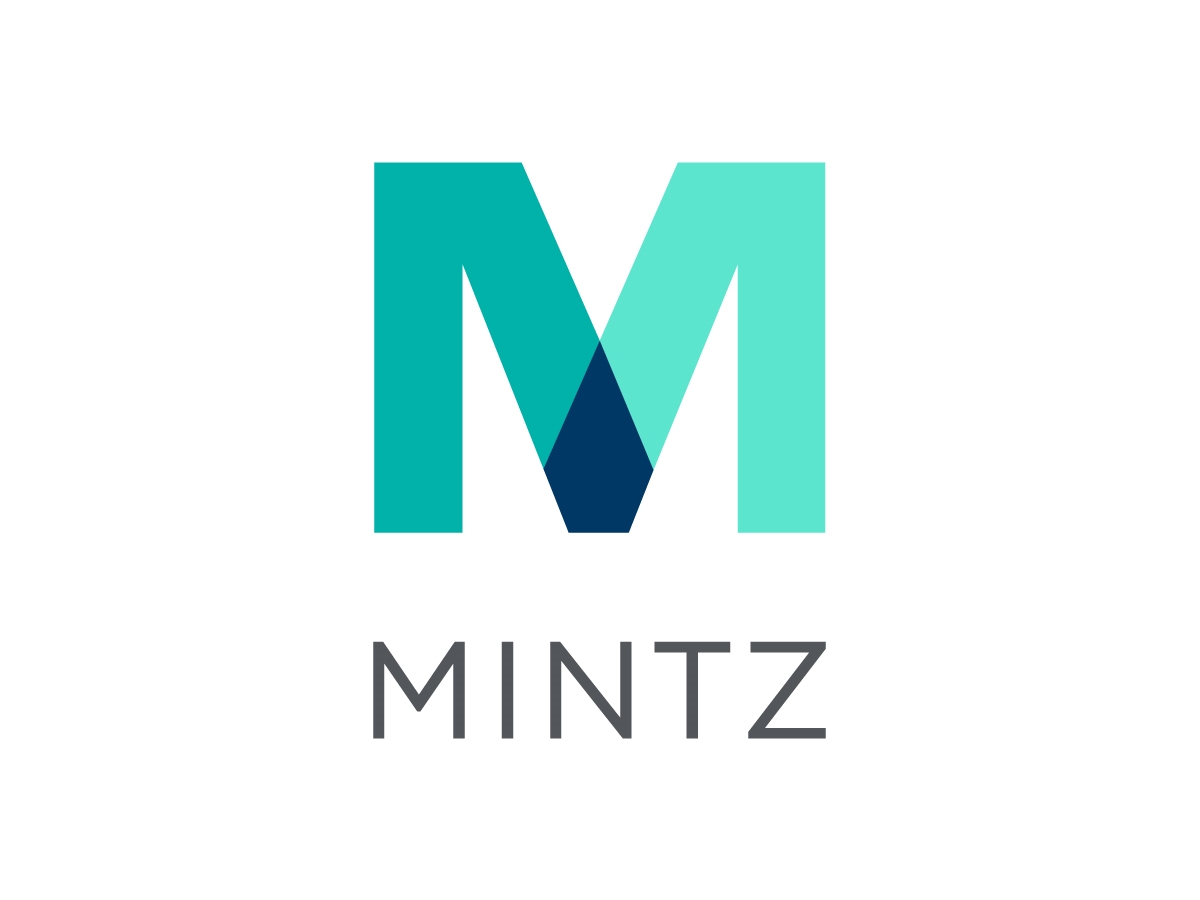
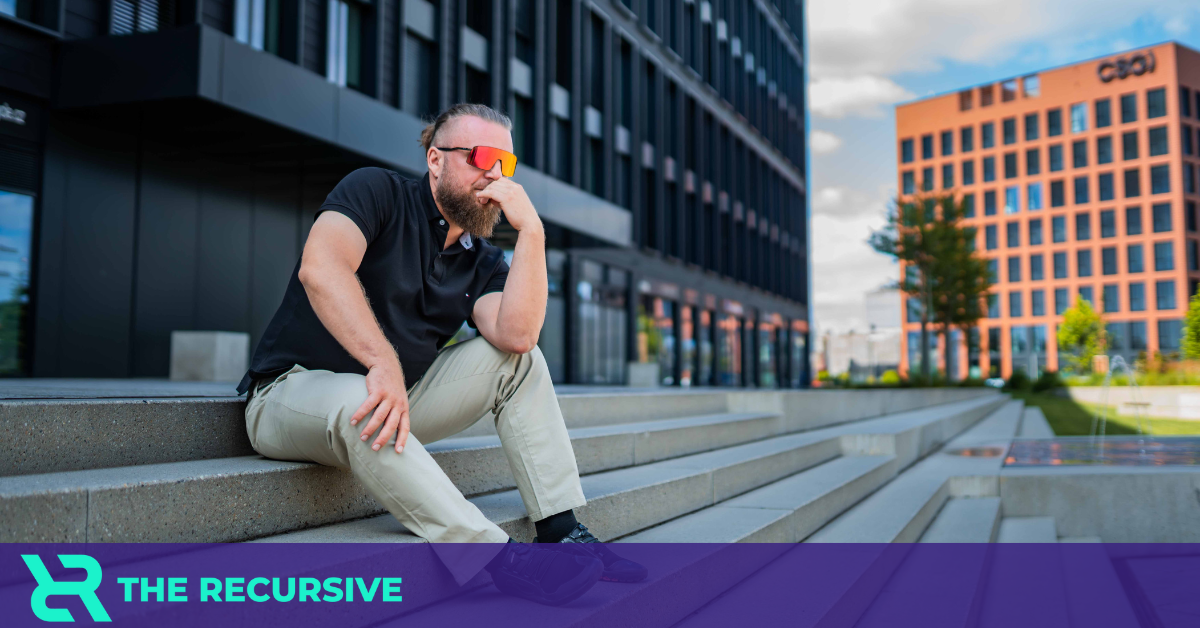



Leave a Reply